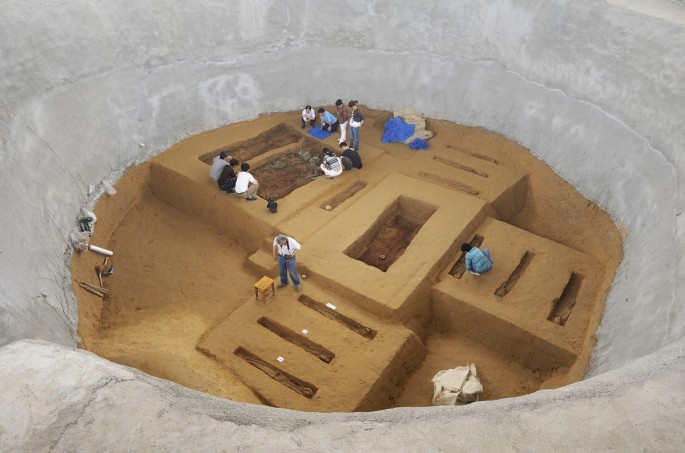The Banpo Neolithic village in Xi'an is a great archaeological find in Northwest China's Shaanxi Province that is often overshadowed by the more popular attraction in the region, the Terracotta Warriors.
The village was discovered early in the 1950s by the construction team of a new power plant.
Estimated to be 6,000 years ago, Banpo village was an active community spanning about 6 hectares. It was surrounded by a ditch that was 5 or 6 meters wide. Today, Banpo is characterized entirely by its relics and remains.
Archaeologists studying the village have found no written records, but excavations have linked Banpo to the Yangshao, who settled near along the Yellow River during that era.
Circular houses made of wood and clay have been uncovered at the site. The discovery has confirmed the existence of settled prehistoric communities in China.
Archaeologists have found over 200 storage pits, six pottery kilns, 250 tombs and more than 10,000 stone tools and other items at the site. As well, 45 houses have been discovered in the site.
The Stone Age village and its artifacts are currently preserved at the Xian Banpo Museum.
The museum is small, but is considered one of the best of its size in the country, with modern facilities.
Museum guests can walk around the displays, seeing the village from every angle. They can see the artifacts exhibited in their historical context, with information available in English for those who cannot read Chinese.
The main excavation area is protected in the museum in a large, well-lit facility that looks somewhat like an airplane hangar.
To provide an introduction to the Banpo, a short film in Chinese and English has been made about the village and is regularly shown at the museum.




























